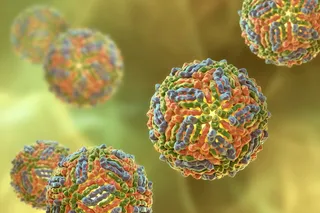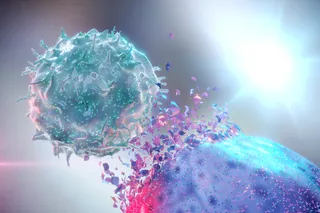This article appeared in Discover’s annual state of science issue as “A Brief Guide to Vaccine Types.” Support our science journalism by becoming a subscriber.
The COVID-19 pandemic likely plunged you into a world — specifically, the world of vaccine development — that you didn’t know much about before. Maybe you’ve learned that vaccines typically take years to produce. Or maybe you’ve found yourself wondering how the roughly 200 SARS-CoV-2 vaccines in development are supposed to work.
Essentially, a vaccine needs to trick your immune system into thinking there’s an infection. That way, you’ll develop an arsenal of tactics to kill off the pathogen, should it ever show up in your body. Live vaccines release a somewhat nonfunctional version of the virus into the body. If researchers tamper with it just right, the modified virus can still provoke your immune system without getting you sick. One way to sap a ...















